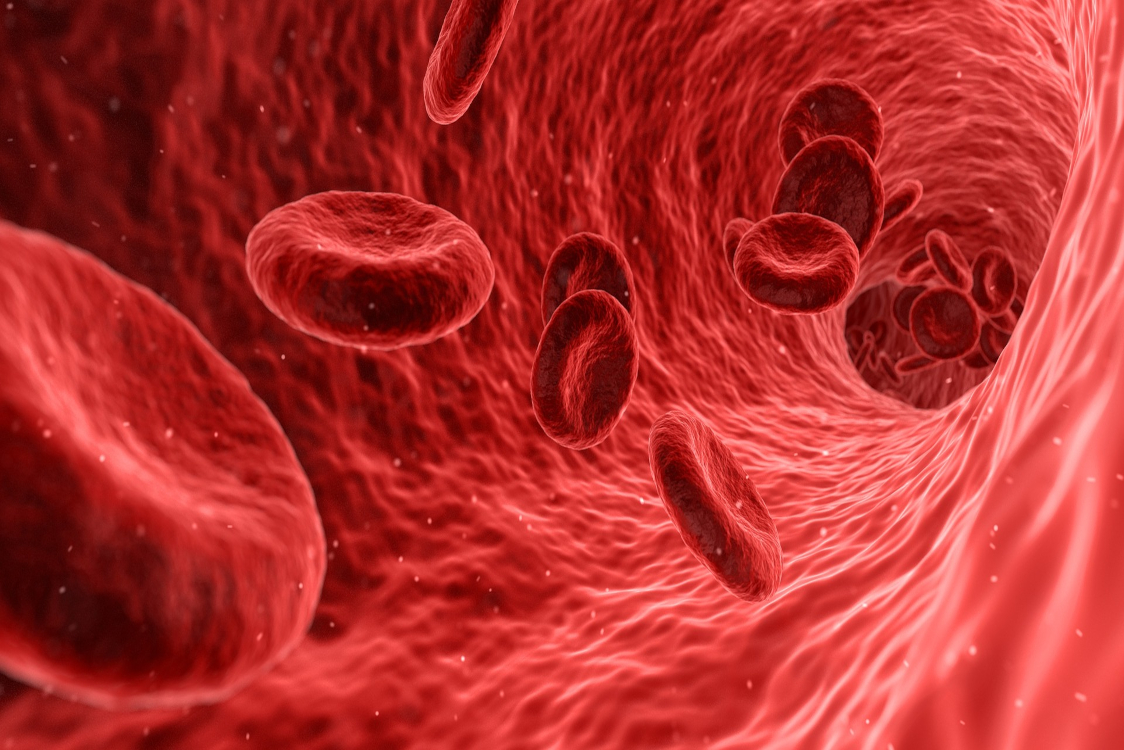Atheromatosis or atherosclerosis is a disease in which characteristic lesions called “atheromas” form in the walls of arteries. These lesions are made up of an accumulation of fat, especially cholesterol, infiltration of white blood cells and smooth muscle cells of the arterial wall itself, and scar tissue.
Atheromatous plaques tend to grow over time and gradually clog the arteries. Atheromatosis can appear in any artery, but it is most common in the aorta, coronary arteries, carotid arteries, cerebral arteries and arteries of the lower extremities.
Ischemic heart disease is the most common form of cardiovascular disease and the leading cause of death in industrialized countries. Approximately 30% of deaths in these countries are caused by coronary heart disease. The usual cause of coronary heart disease is atherosclerosis.
What are the causes of atheromatosis?
The precise causal mechanism of atherosclerosis is not well understood, but many aspects of it are now known and are actively being investigated. Epidemiological studies have made it possible to link atherosclerosis with various risk factors, although the exact mechanism by which these factors produce atherosclerosis is unknown.
However, it has been shown that acting on these risk factors reduces the incidence and severity of atherosclerosis and its complications.
Atherosclerosis has been linked to a number of predisposing factors or cardiovascular risk factors. The concept of atherosclerosis risk factors is derived from various epidemiological studies. These studies established a cause-effect relationship between these factors and ischemic heart disease.
Multiple risk factors for atherosclerosis have been described using these epidemiological methods. Some of them do not meet strict criteria and have a dubious significance in the etiopathogenesis of the disease.
Well-established risk factors for ischemic heart disease include tobacco, high blood pressure, hyperlipoproteinemia, diabetes mellitus, male sex, advanced age and family history. Minor factors include excessive consumption of fat and cholesterol, hypertriglyceridemia, hyperuricemia, obesity, stress and a sedentary lifestyle.
Atherosclerosis is characterized by the development of a series of lesions in the arterial wall. These ranging from the initial lesion, in which fatty deposits are observed in the arterial wall, to more advanced lesions, in which there may be fatty infiltration, cell proliferation, thrombotic material, scar tissue and calcification. The exact cause of the genesis and development of atherosclerotic lesions is not well known.
Causal theory
The most widely accepted theory is that of lipid infiltration. According to this theory, excessive amounts of cholesterol in the blood penetrate the arterial wall, which encourages the passage of white blood cells into the arterial wall, where they are transformed and loaded with lipid deposits.
These changes induce the proliferation of smooth muscle cells in the arterial wall. All of this leads to the artery wall becoming infiltrated by fats, white blood cells and smooth muscle cells, giving rise to atheroma plaque.
Another theory assumes that the risk factors for atherosclerosis (tobacco, cholesterol, diabetes, hypertension, etc.) produce alterations in the arterial wall that promote the attachment of white blood cells to it, subsequently triggering the entire process of fat accumulation and cell proliferation.
Some authors believe that the process is actually the result of an autoimmune inflammatory reaction. In theory, the damage to the arterial wall caused by risk factors causes white blood cells to react against it.
Another theory of the causal mechanism of atherosclerosis is the infectious one, derived from studies in which microorganisms have been detected in arterial lesions.
What are the consequences of atheromatosis?
Although many atherosclerotic lesions progress slowly, some progress very rapidly, apparently due to early plaque rupture. Plaque rupture may lead to plaque thrombosis and/or intraplaque hemorrhage. Occasionally, this causes severe narrowing or acute arterial occlusion and the corresponding ischemic syndrome (unstable angina or myocardial infarction).
In others, however, the plaque fissure and its consequences are not very important, but they do lead to growth of the lesion. Thus, small but repeated ruptures can cause the stenosis to progress in a short time, and may or may not be symptomatic.



